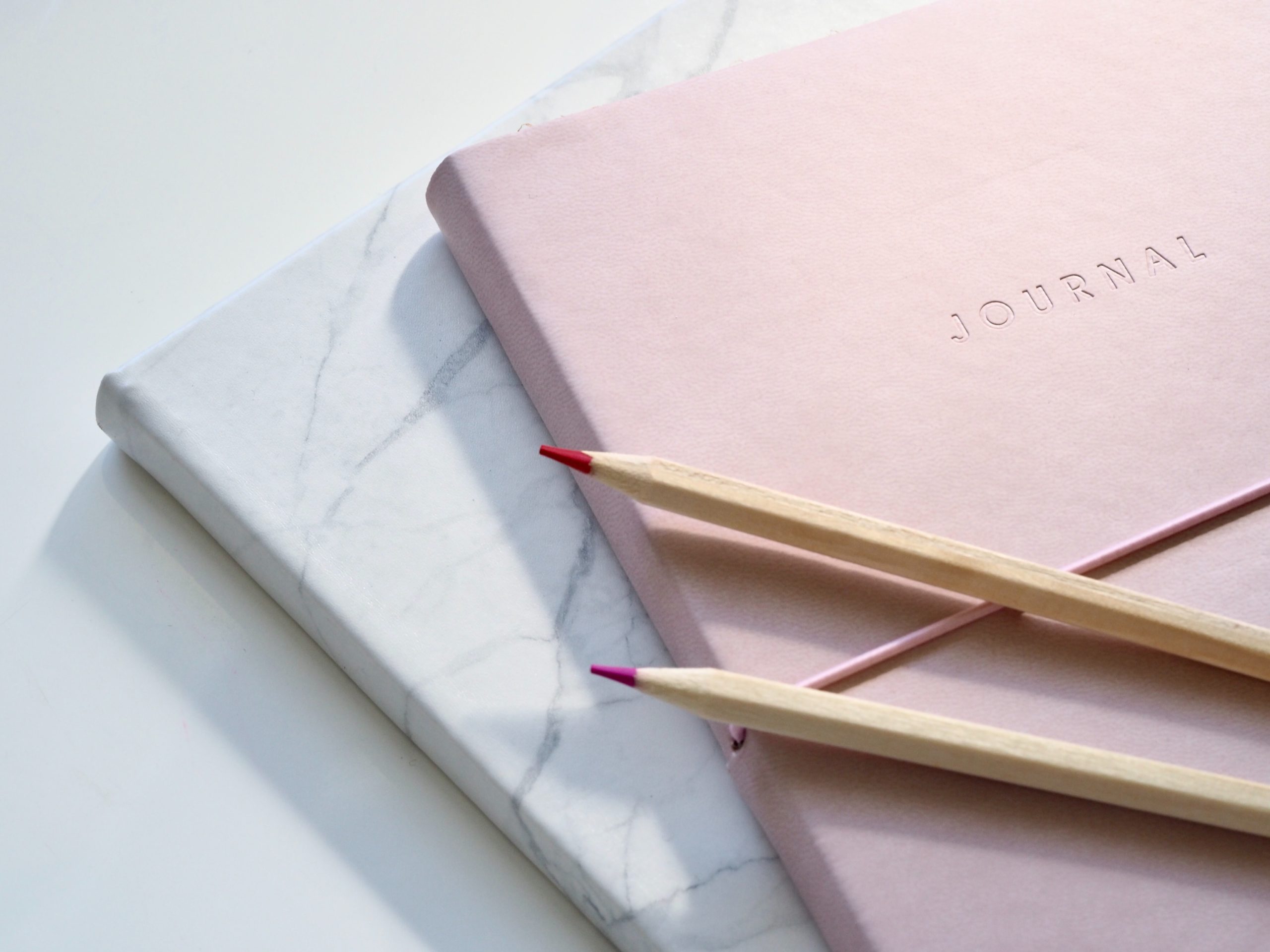
10 Things to Note in Your Weekly Pages
Whether you use a Filofax, a Gillio, a Van der Spek, or another favorite planner, your weekly pages are the heart of your planning system.

So. You have heard about that thing called a bullet journal. Now you want to try it but you have no idea where to start? In this post, I want to give you a short summary of my personal experience with a Bullet Journal.
Whenever I come across a productivity method, I have to dive into it and see if it will work for me. Recently I was gifted a copy of “The Bullet Journal Method” by Ryder Carroll and knew instantly I had to give this new (but not so new) method a try.
Since my personal planning system has evolved in the past years I decided to try bullet journaling in my work planner. I need to keep up with a lot of tasks and meetings, notes and ideas so I thought this could work well.
To start your Bullet Journal all you need is a notebook and a pen. Of course, there is no end to your personal creativity. Many passionate bullet journalers use brush pens or watercolor to emphasize important things or notes. If you like color-coding, you can also integrate this into your personal bullet journal method.
I used a Travelers Notebook insert from Moleskine as I only wanted to try the method before I made any purchases. Of course, I also used my favorite pen, which is the Pentel EnerGel X 0.5 with black ink.
Before I started my bullet journal I decided on my signifiers and wrote them on the first page of my notebook. This is one of the key structures of bullet journaling: the use of signifiers or keys. You can get creative with them as well but I would recommend to keep it simple.
For each day I started with the date as heading and then just kept on writing all the important information I wanted to capture, each one in a single line starting with the corresponding signifier.
Based on my research on Social Media and the Internet as well as the books I have read regarding this topic there are five main sections in a bullet journal:
My work bullet journal only had a daily log as all the future planning was done using digital systems (f.e. Microsoft Outlook).
Since I was using my bullet journal for work, my week only had 5 days. So every Friday afternoon I would sit down and catch up on all the things still unattended in my notes. The company I work for uses mainly digital tools for team collaboration so I transferred everything which was still open to the corresponding system.
As with all planners and all the methods, it finally comes to making it your own. In short, take all from a method that will fit your needs. Try something for at least a month and see if it improves your productivity.
For me personally, I decided not to fully adopt this method. I have carried over the future log as I like to decorate my pages in my every-day-carry planner so I usually don’t write anything in until the week before. This gives me the ability to plan ahead without deciding which planner I will use this month or which theme my monthly pages will have.
Have you tried the method yet? Let me know how your experience was in the comments below!
The Bullet Journal Method by Ryder Carrol is very easy to read and perfect for bullet journaling beginners.
He describes how he developed the method that helped him become consistently focused and effective.

Whether you use a Filofax, a Gillio, a Van der Spek, or another favorite planner, your weekly pages are the heart of your planning system.

Embarking on your Filofax journey? You’ve made an excellent choice! This iconic planning system has been revolutionising organisation for decades, and now it’s your turn

Did you know that people who conduct regular weekly reviews are 33% more likely to achieve their goals? This striking statistic highlights the power of
Bespoke printable planner inserts for instant download to achieve more with your planner.